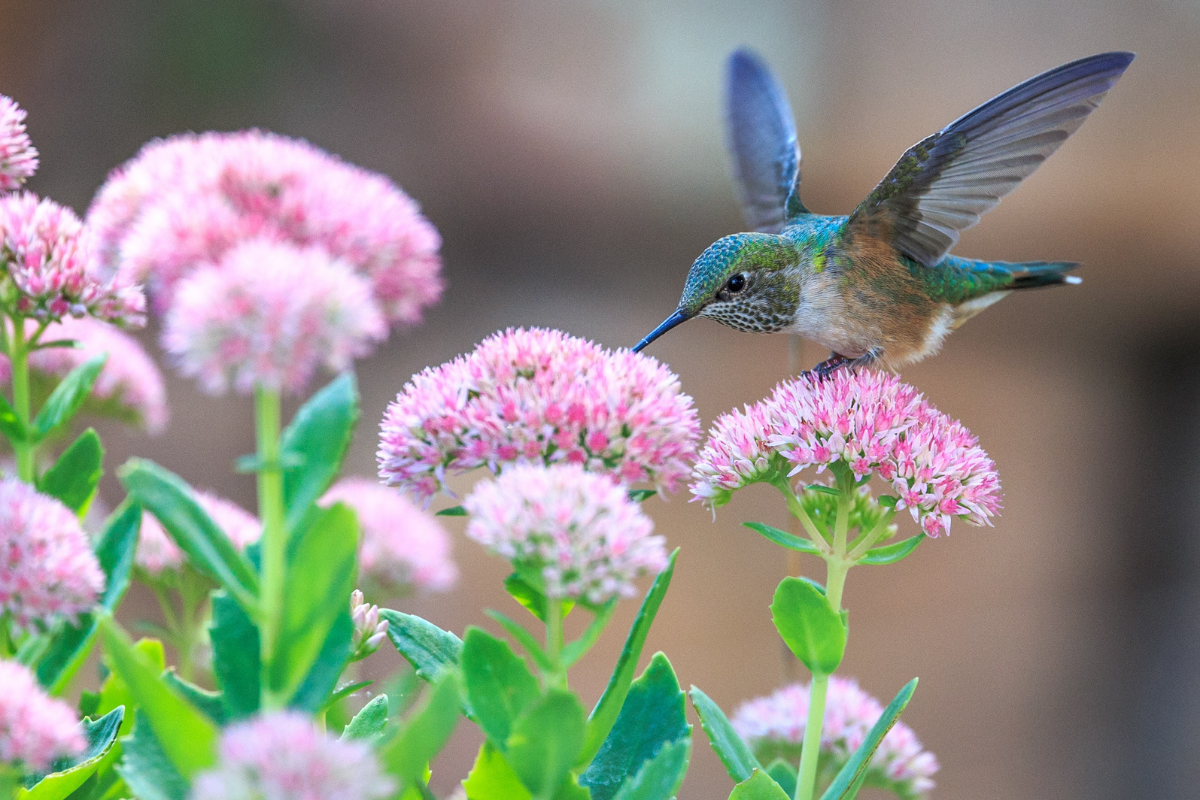
Everything You Need to Know About Planting Perennials in Spring
Spring is full of sunshine, blooms, and watching plants grow! With all the excitement that comes in the months of spring, it’s important to think about how to get perennials ready for spring, plus think about what kind of perennials you may want to add to your collection this season. What are perennials you may ask? A perennial plant is one that comes back year after year. They grow and bloom during the spring and summer and die back in the colder months. During the cooler months, all of the nutrients get stored in the roots to establishing a strong root system, and to produce a larger plant and blooms for the following year.
Table of Contents
Perennial check up
Before jumping into gardening, take a walk around your planting areas to see how your perennial plants are doing. It is best to do this in the spring when it’s still cool outside. You want to make sure that before spring planting starts, your perennials are cleaned up from autumn and ready to have a successful growing season. Clear out any weeds, debris, or anything that is in the way of you getting down to the original soil. Make sure you take a look at your gardening tools too! Sharpen the blades of your pruners, grab a new pair of gardening gloves, and ensure you have the tools you need for a successful gardening season. Not to mention, make sure you have enough fertilizers, compost, mulch, watering supplies, and plant supports for your garden so you’re not running to the garden center halfway through the blooming months!
Prune
Now that your perennial gardens are cleaned up from the cold winter months, it’s important to look at what needs to be pruned and clipped to ensure strong new growth. Cut back any dried-out stems from last year’s growth and prune any stems and foliage that may have snapped or broken during the winter months. Many perennials will dieback down to soil level, so there is no pruning needed. Some semi-hardy perennials will have woody stems through winter, like lavender and creeping phlox. So, you will need wait until you see them break dormancy in mid spring before you to trim-up any dried-up stems. However early spring is a great time to shape your perennials and trim back from walkways and paths before they start bursting forth in foliage.
Prepare the soil
It’s important to have rich, nutritious soil so all your plants grow strong and healthy, making all those summer flower ideas into reality! So how can you ensure you have good soil for your plants to grow in? There are a few basic steps that will help with the preparation of your soil! First, clear out any rocks or rubble that you see in the soil, this includes grass patches that may have seeded where they’re not supposed to! Next, loosen the soil. This will help the roots reach down, so use your hands, a rake, or a hand rototiller depending on the size of your garden. Try to get as deep as you can, about 20 cm or more – or until your arm tires out! Lastly, add some organic matter such as compost. This will help with the structure of your soil, as well as add nutrition that will benefit the growth of your plants in the spring!
Plan
Now that you’ve prepped your garden, you can start to plan! What kind of perennials do you want to add, and for what purpose? Do you want to attract pollinators, looking for perennials for shade, or perhaps you’re wanting to add to your cut flower garden! Below we’ve listed a few of our favourites depending on what you’re looking for!
Perennials for Shade
- Astilbe
- Dicentra (Bleeding Hearts)
- Hosta
- Heuchera (Coral Bells)
Perennials for Cut Flowers
- Crocosmia (Montbretia)
- Echinacea (Coneflower)
- Paeonia
- Phlox
Perennials for Pollinators
- Achillea (Yarrow)
- Asclepias (Butterfly Love)
- Lavandula (Lavender)
- Monarda (Bee Balm)
Deer Resistant
- Agapanthus (Lily of the Nile)
- Aquilegia (Columbine)
- Geranium (Cranesbill)
- Sedum (Stonecrop)
These are just a few of our favourites, but the options of what to plant are practically endless! Looking for more options? Ask us, and we’d love to share more of our favourites with you!
Plant
So, when is the best time to plant a garden? Well, depending on the where you live. You can plant perennials as soon as all chance of frost has passed, and the ground is workable! Make sure to check the zoning on your new perennials to ensure they are suitable for your area. Not sure what zone you’re in? Check out our map, where you can find out! As soon as the temperatures warm up, head to the garden centre and pick out some new favourites and get in the garden!
Not sure how exactly to plant your perennials? A good rule of thumb when planting is to dig a hole that is twice the width and 15 cm (6“) deeper, than the container that it came in. Loosen the compacted soil in the bottom of the hole and blend with some compost. Now loosen roots of the plant with your fingers, this way the perennial can push their roots and spread out in their new space. That is why the width and depth of the hole you dig is important, it will allow the roots to gather the moisture and nutrients they need to grow big and strong! Make sure to place the plant at the same depth it was in the container. If you are planting a bare root perennial, place the crown (the area that the shoots meet the roots) at the depth noted on the package. Next, backfill the hole with soil blend, give it a good water, and wait for your perennials to grow and bloom throughout the summer season! Remember to continue to water freshly planted perennials regularly through their first season in your garden, especially through the hot weeks of summer. Looking for a garden center near you with an amazing selection of perennials? Contact us for a retailer near you.



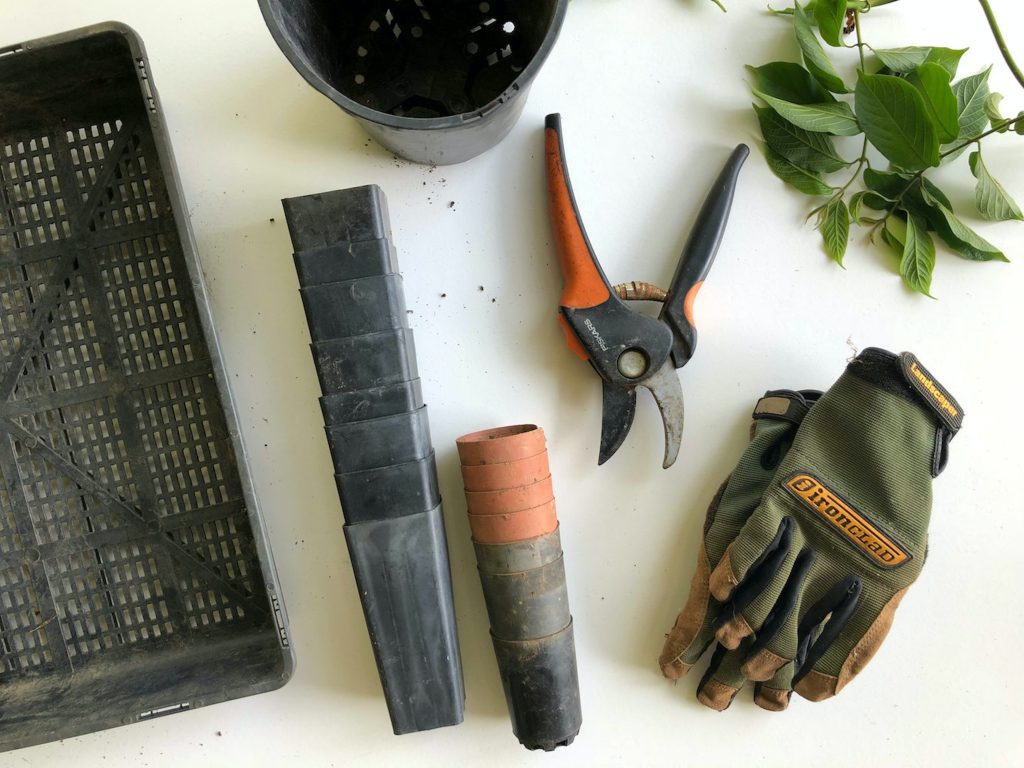

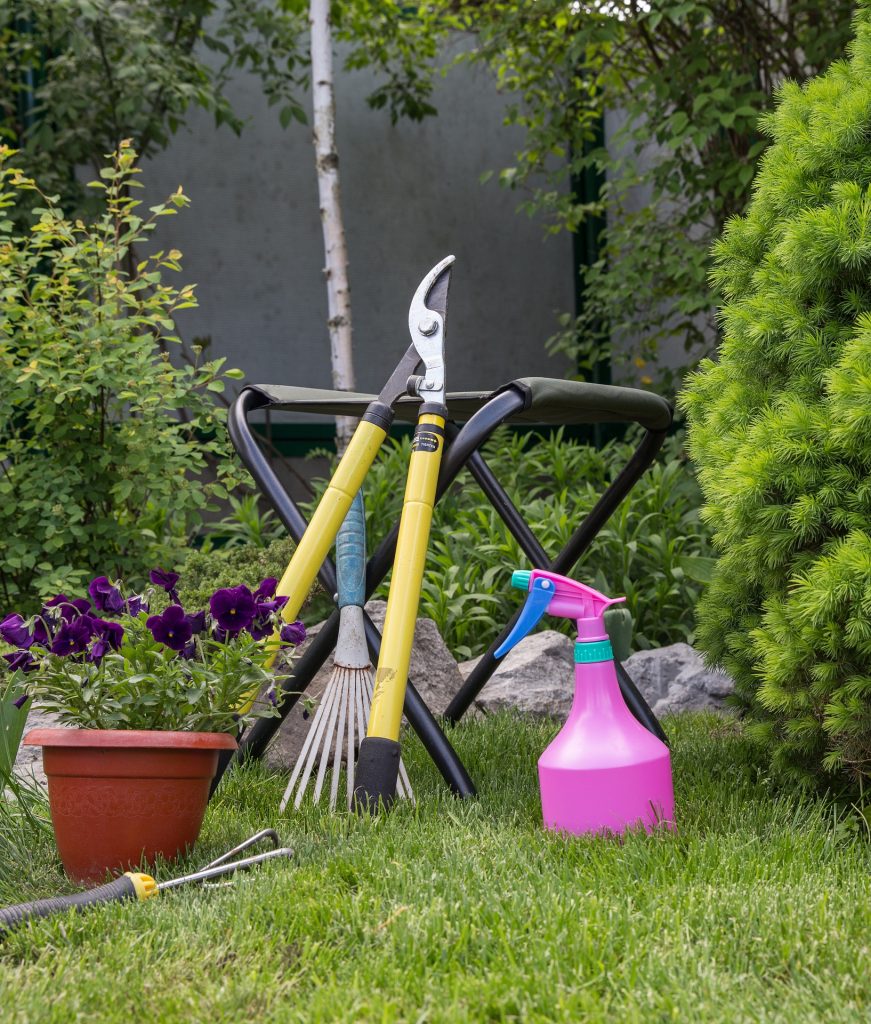

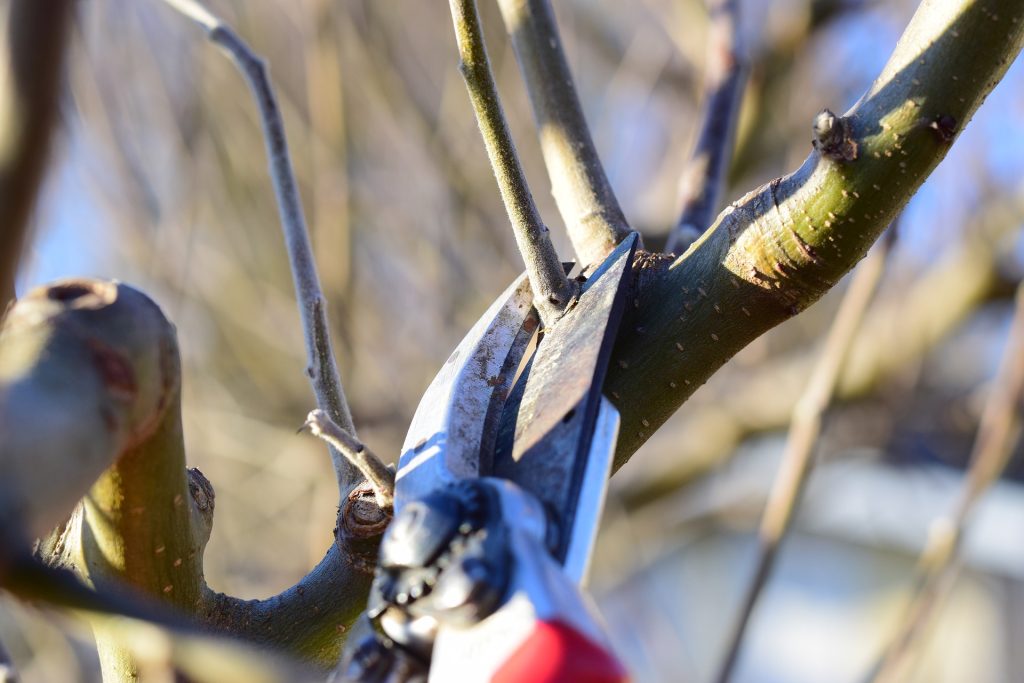
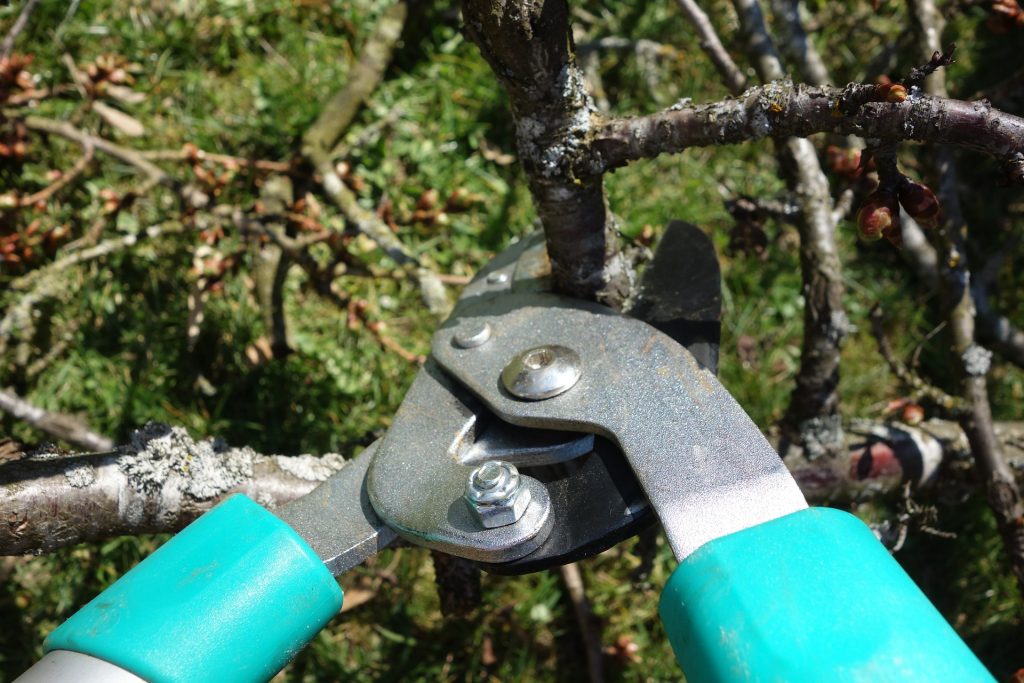
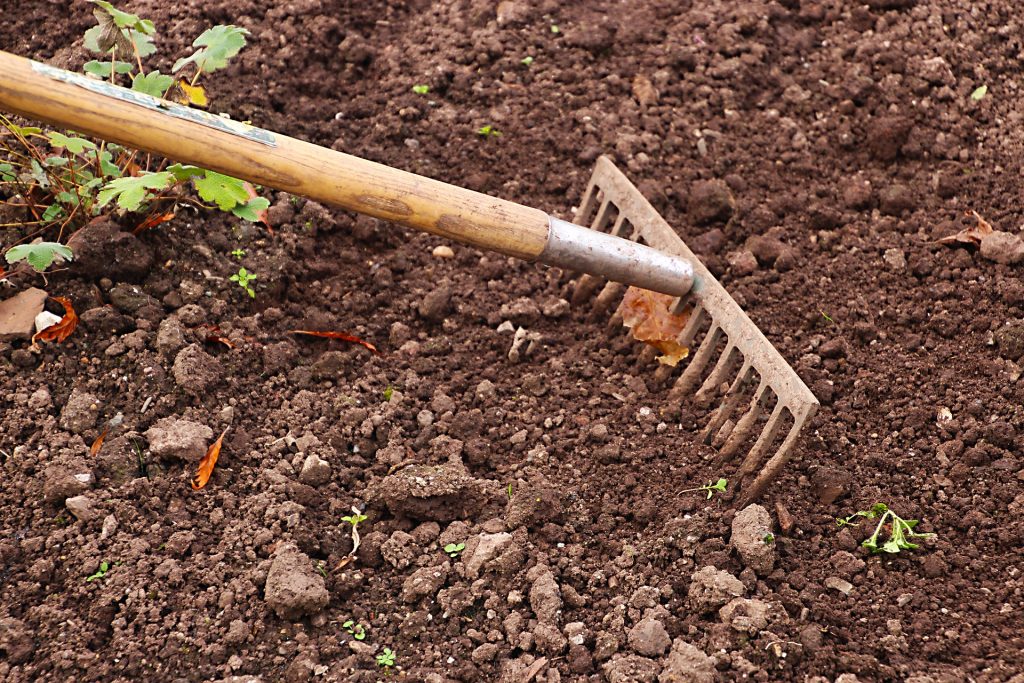
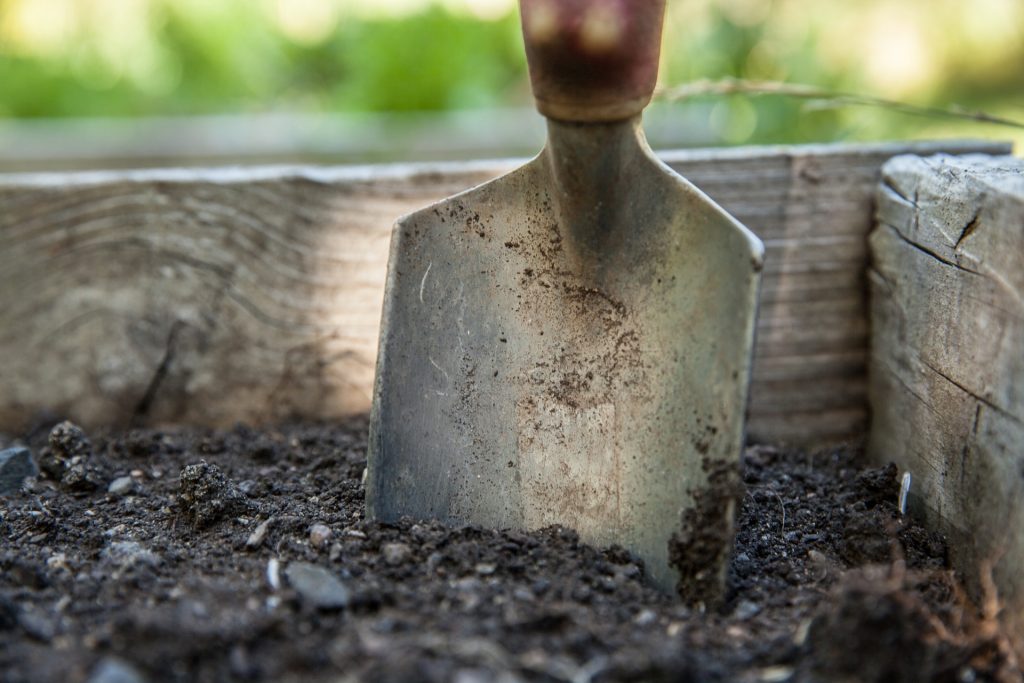
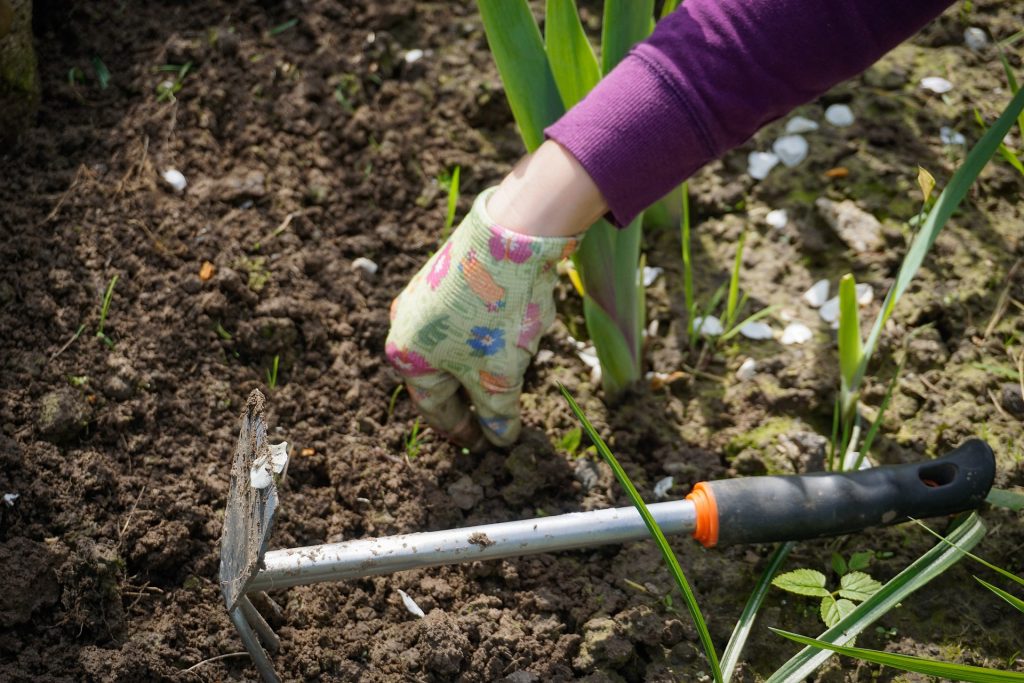
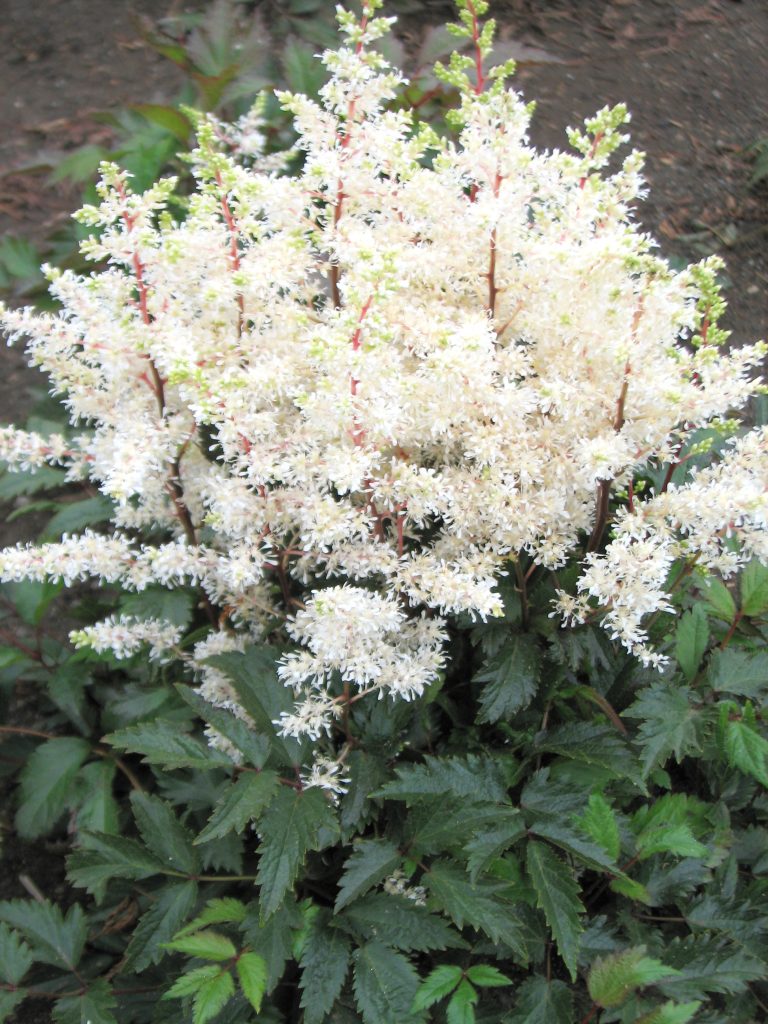
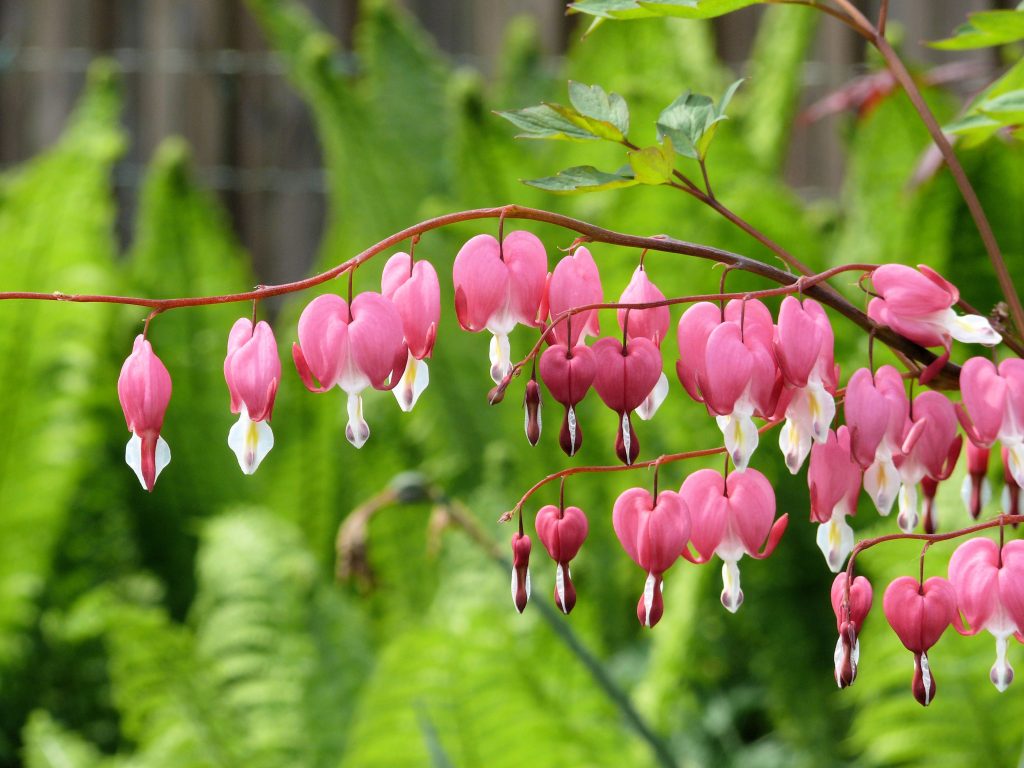
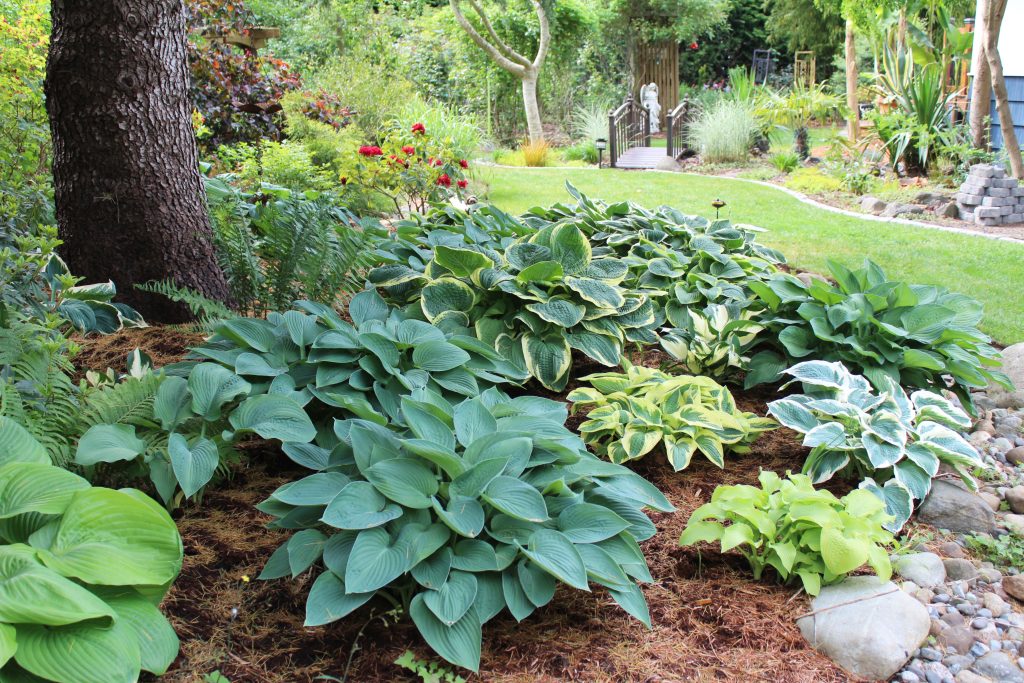
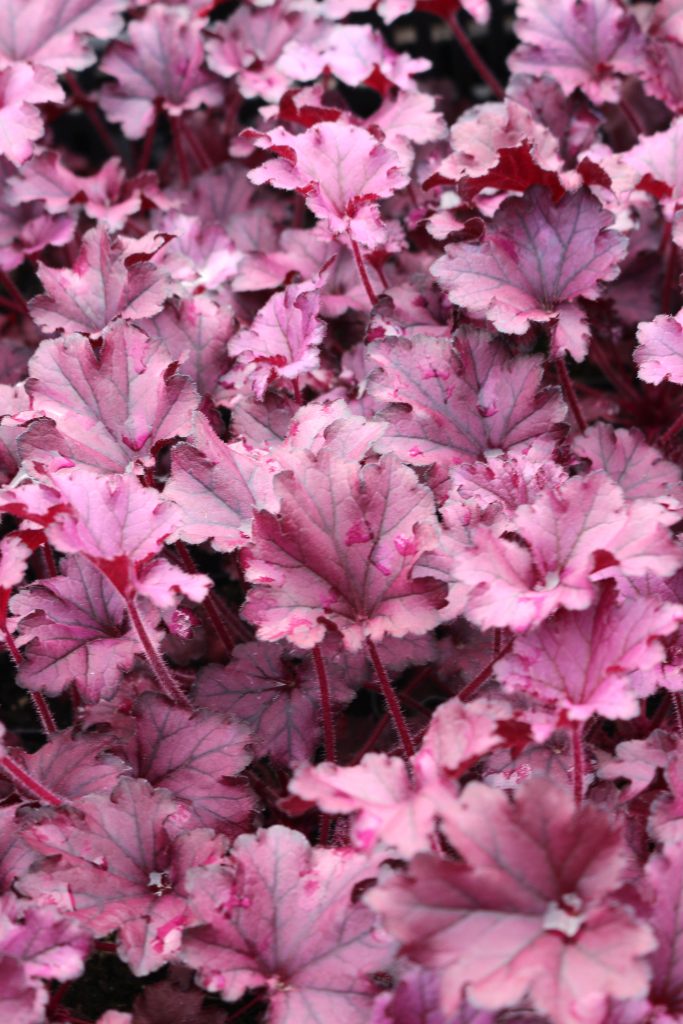
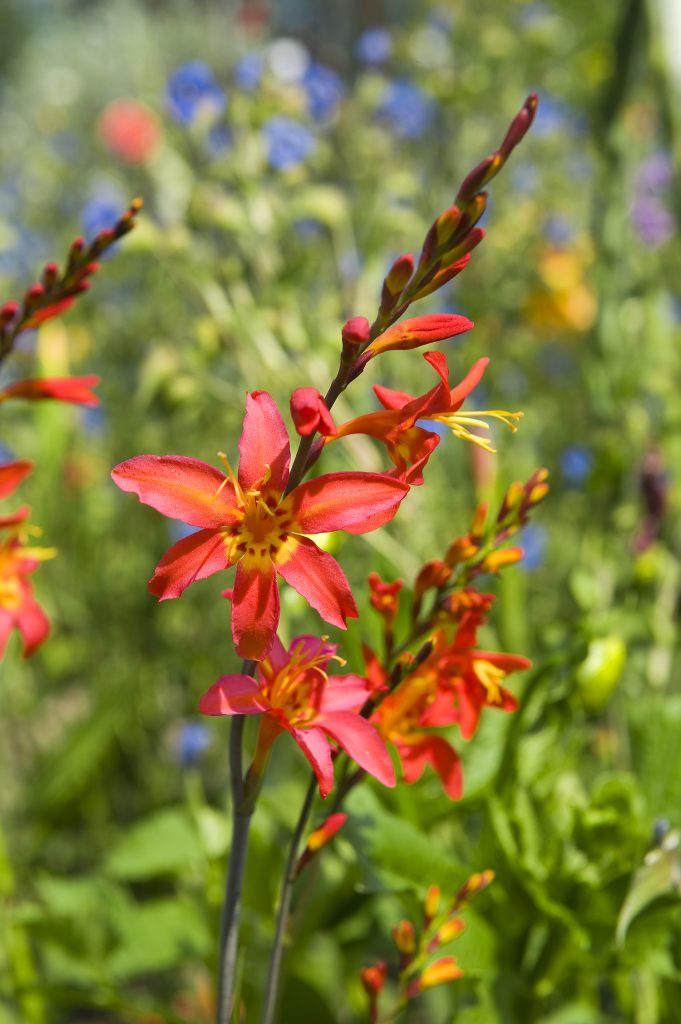
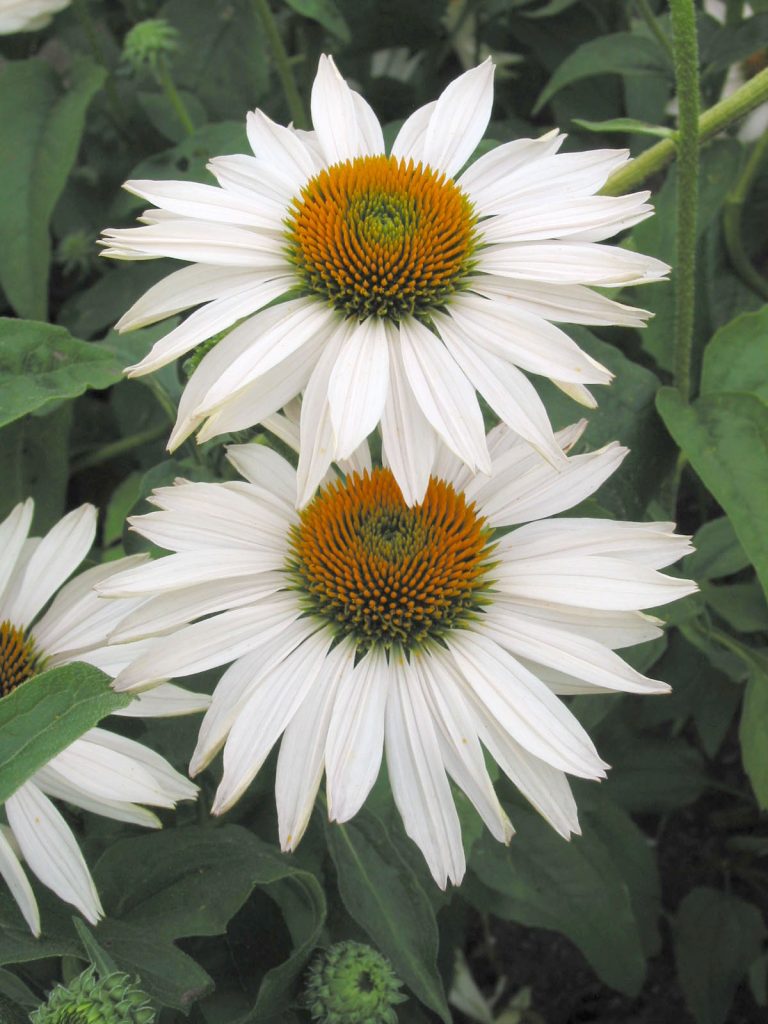
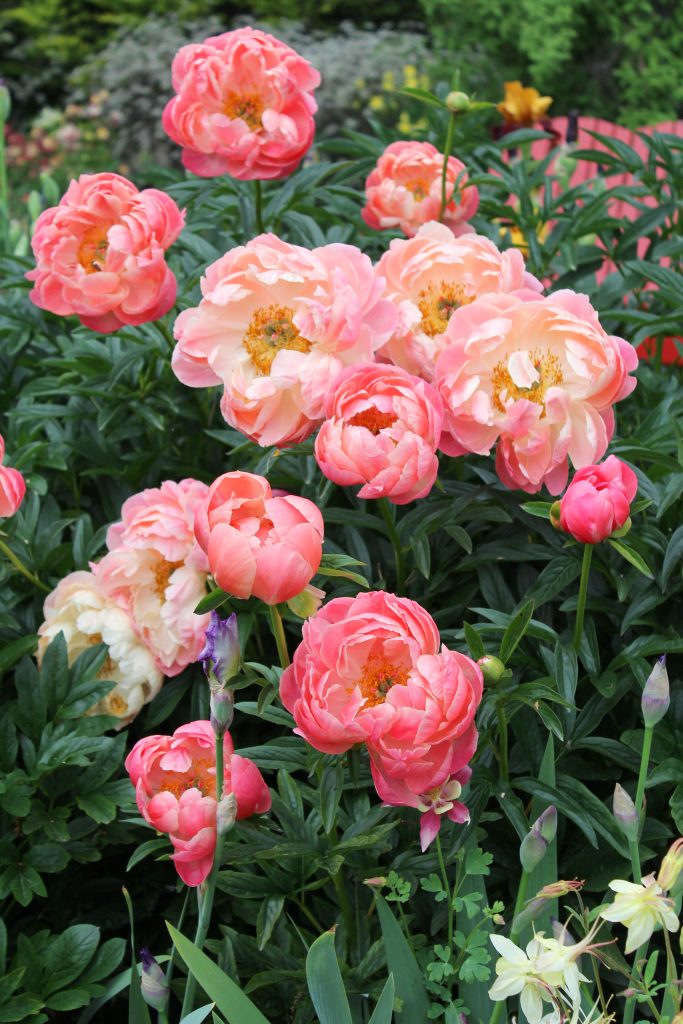
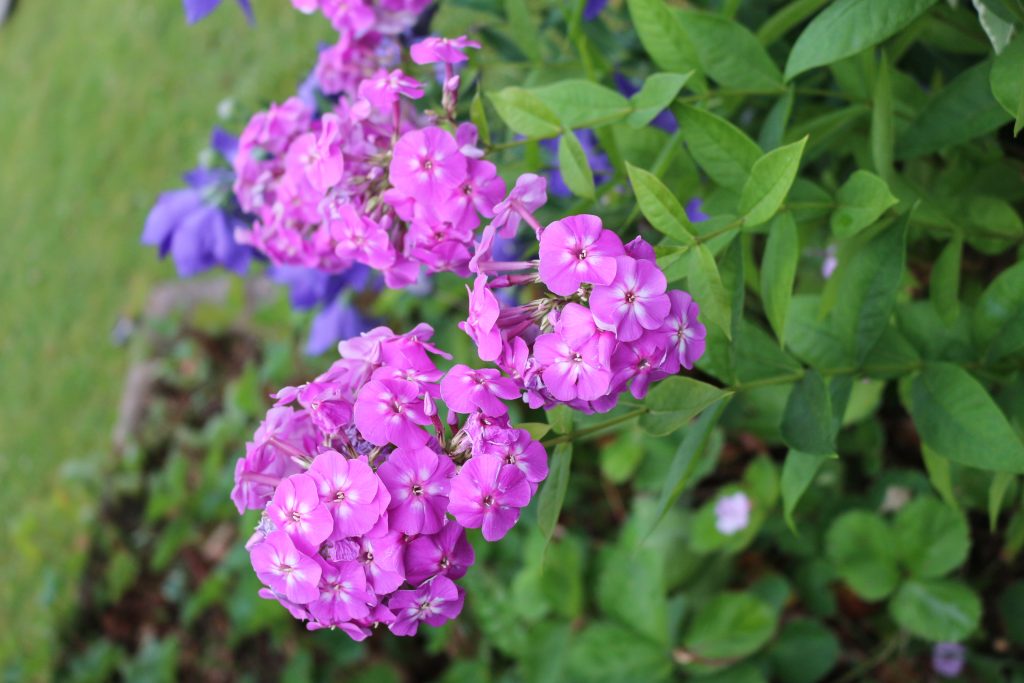
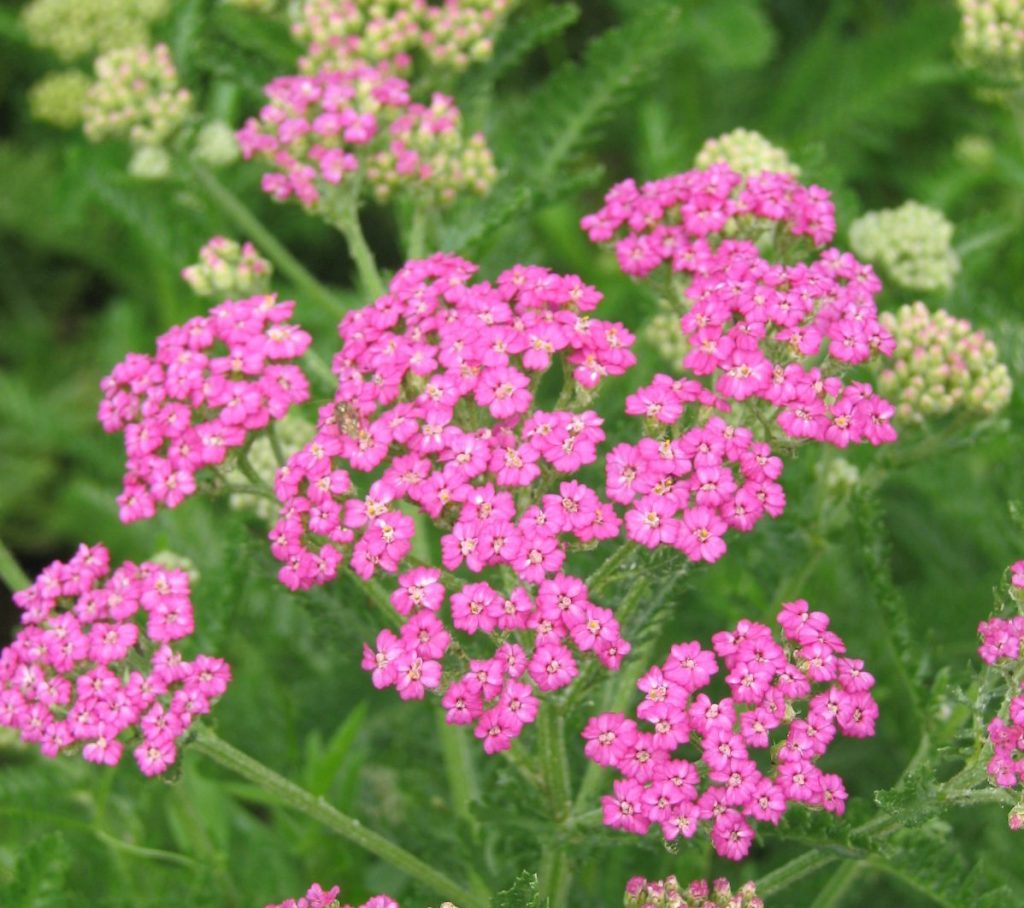
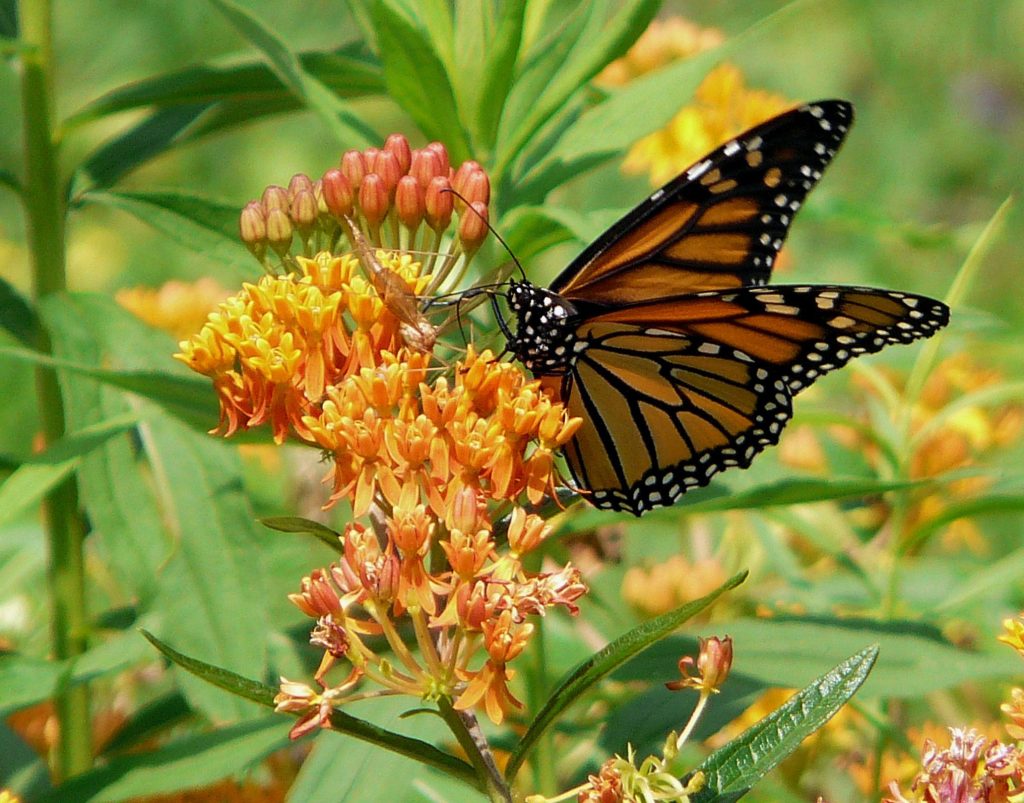
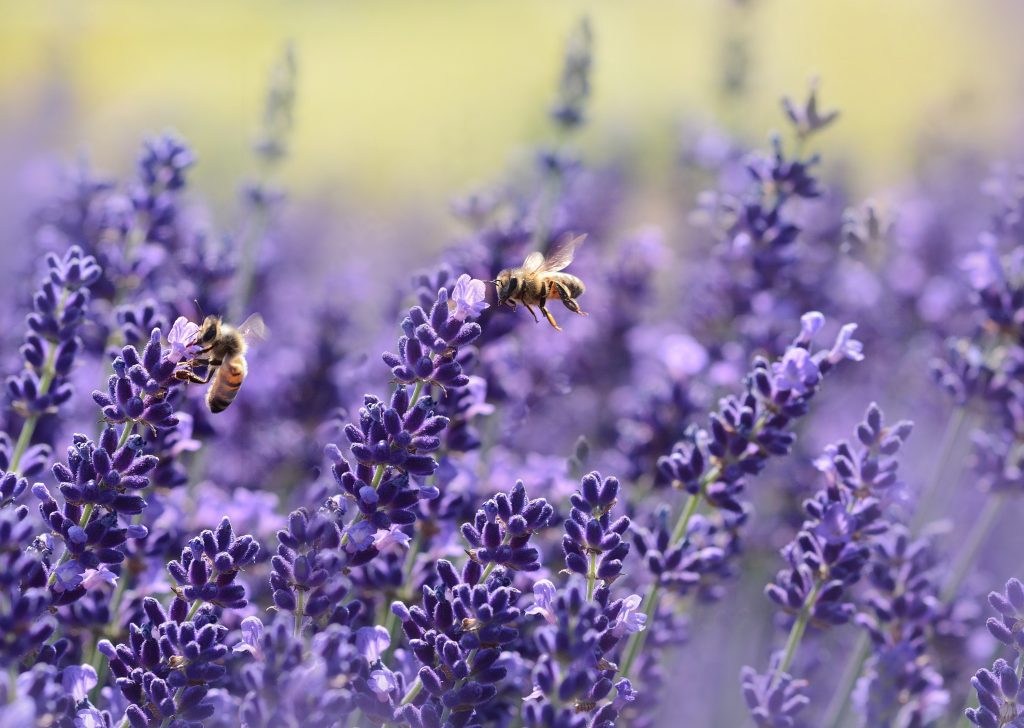
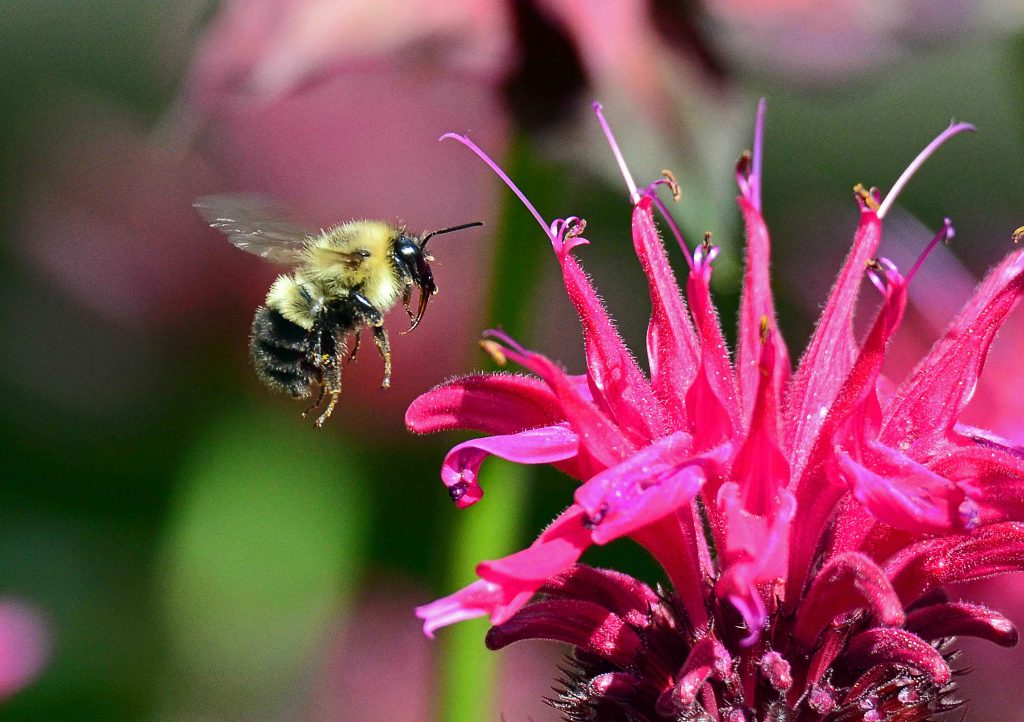
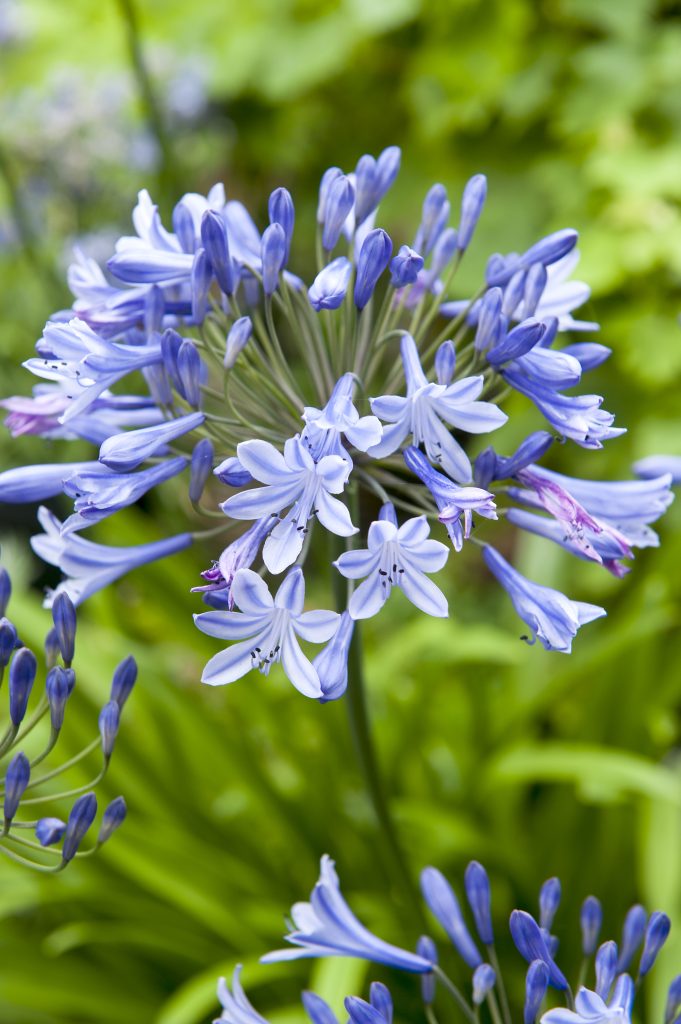
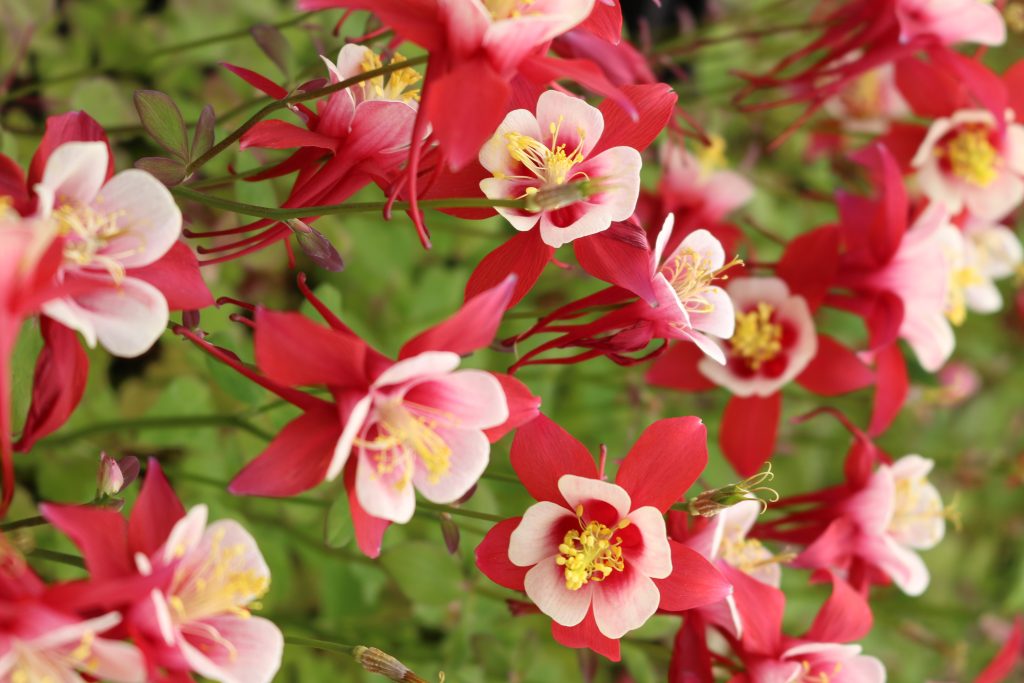
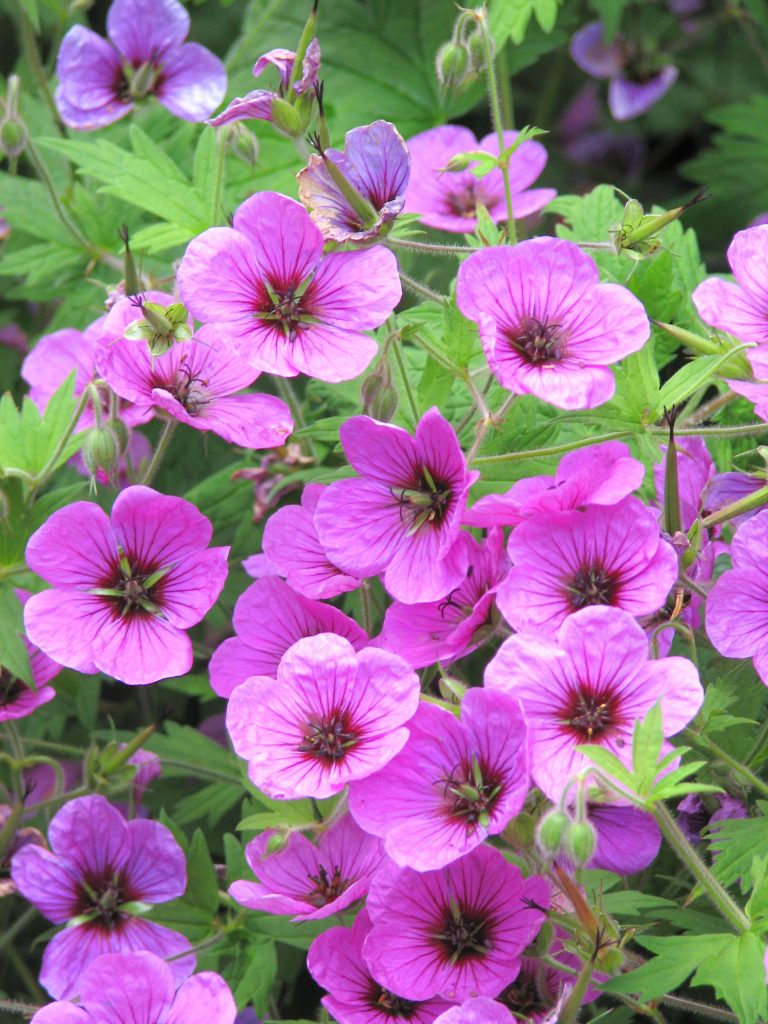

Lorraine
Thank you for the Perennials spring planting suggestions…I am re-doing my gardens. If I can find all these plants, they will be a welcome addition to my gardens..
Sean O'Brenan
Thanks for your concise and clear article on spring garden prep. It’s all about the planning! I am happy to see my (new last year), Columbine has over wintered well and shoots are emerging ! One thing I always find a bit troublesome…is how to get in at soil, in springtime, between the mases of Narcissus, Daffodils, Hyacinnth, and then Tulips which come up first thing…very carefully I suppose?
Florissa
When amending the soil in spring, keep some extra on-hand to add to your areas with spring flowering bulbs. Once the foliage of your narcissus, tulips, and hyacinths has turned yellow they are ready to go dormant. So you can then prune the leaves to soil level and have easy access for adding some fresh compost and organic matter.